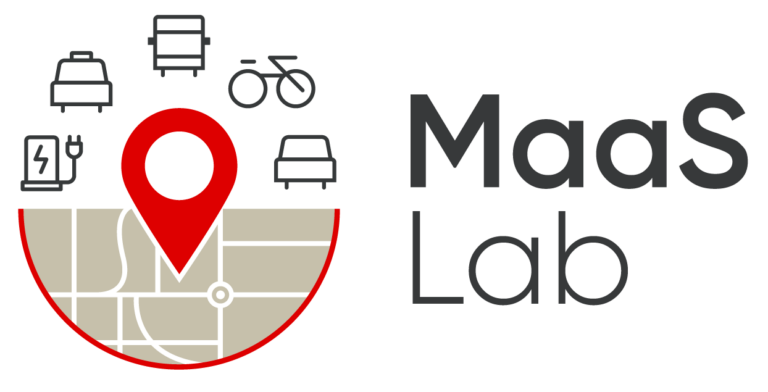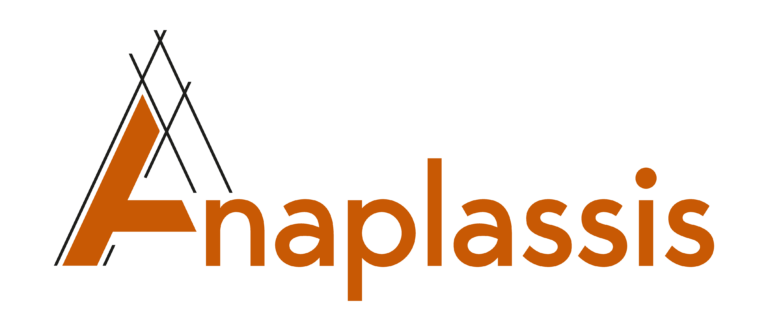Cross-fertilisation between cities will reveal insights into shared, automated, and sustainable transport innovations
Almost one year after metaCCAZE began, Follower Cities are starting to take an active role in the project, drawing from the successes of the project’s Trailblazer Cities (Amsterdam, Munich, Tampere and Limassol). Successful Use Cases, MetaInnovations, and MetaServices are set to be transferred, implemented and demonstrated in the 6 Follower Cities: Athens, Kraków, Gozo (Malta), Milan, Miskolc, and Poissy, Paris. The approaches and technologies transferred to the Follower Cities will vary, taking into account differences in geography, existing urban structures, and current transport systems and mobility patterns. Ultimately, the results of and knowledge transfers will be analysed in conjunction with information from the data maps to develop targeted solutions for cities with overlapping characteristics.
Co-creation use cases in urban mobility
The representatives and supporters of each city have already started gathering data and performing co-creation sessions, the first of a series of MetaDesign activities. These sessions are meant to engage stakeholders and citizens involved in their respective Sustainable Urban Mobility Plan (SUMP) development to detect early barriers, needs, pains and gains, and these insights will be compiled in the form of an Empathy Map developed by BABLE Smart Cities. These empathy maps will further inform the design and strategy of implementation for each Use Case.

On-site visit at OASA/OSY bus depot at Agios Ioannis Rentis, Athens, Greece on 22/7/2024
The Use Cases may be divided into the categories of shared transport, automated transport, micromobility, and mobility hubs. In the category of shared transport, Athens will integrate a new fleet of e-buses into its existing bus system and will set up an e-charging network to accommodate this fleet, leveraging AI technology to optimise charging and scheduling. Joined in this category, as well as with the implementation of automated modes of transport, Gozo/Malta will deploy an on-demand, automated e-shuttle service through several urban areas on the islands. In the category of mobility hubs, Kraków will transform the newly built Kraków Grzegorzki inner city railway station into a multimodal hub which integrates e-cargo bikes, complete with facilities that will facilitate the delivery of parcels in the city central area. In a similar vein, Poissy, Paris, will expand its mobility hub and those of two cities (Carrières-sous-Poissy and Triel sur Seine) by developing a fully intelligent road which will be equipped with several connected vehicles and conventional electric vehicles, along with one automated vehicle. Miskolc will focus on micromobility solutions by introducing e-scooters into the city’s transport system. This will be achieved by placing scooters and docking stations at existing public transport stations, and by developing a trip-planning application which integrates these services. Finally, Milan will test a concept that re-imagines what e-vehicle transport can look like by implementing an automated and on-demand transport system using modular mini e-vehicles. Thanks to autonomous docking capabilities, these e-pods can merge into a single, longer connected vehicle to enable users to easily switch pods when needed. This unique method should allow for greater versatility and efficiency of public transport as the same fleet may respond to a variety of functional, location-based, and capacity demands.
Cross-fertilisation: learning from contrasts
Each Trailblazer City has been strategically matched with several Follower Ccities to optimise the benefits of cross-fertilisation and transferability. The cities were matched based on both similar and contrasting geographic and climatic conditions, population densities, or attitudes towards different modes of transportation, among other factors. A prime example of this matching strategy is the joining of the island of Gozo with Tampere in the implementation of automated e-shuttle services and ensuring that cross-fertilisation activities will occur between the two locations.
While Gozo can experience temperatures around 28-34° C in the summer, and high temperatures can reduce the efficiency and range of e-vehicle batteries. Tampere experiences extremely cold winters, and low temperatures can also affect the performance of these batteries, meaning that e-mobility solutions implemented in these vastly different climates result in the same functional problem. By testing the transferability of the same system in contrasting climates, crucial insights will be gained into which tactics might work better in different regions to tackle the same issues, and if a single solution were found to work across climates, this would be especially valuable for large-scale, multinational projects.
In addition to establishing transferability between Trailblazer and Follower Cities, the individual Living Labs of the Follower Cities will need to develop their own metaDesign and fertilisation frameworks. In this regard, the whole metaCCAZE team will soon meet in person to develop cross-fertilisation activities and ensure the transferability of the solutions between living labs. BABLE will take over this aspect of the project by managing and evaluating the co-design activities, implementation preparations, monitoring plan, and engagement activities and for the demos in each of the Living Labs, as well as assessing the cross-fertilisation activities across the follower cities.
By combining the strengths of diverse cities and leveraging their unique contexts, metaCCAZE is creating a blueprint for urban mobility that is both scalable and resilient. Together, the Trailblazer and Follower Cities are shaping a smarter, more sustainable future for urban mobility—one that transcends borders, climates, and challenges.
Author: Laurence Myers, BABLE















